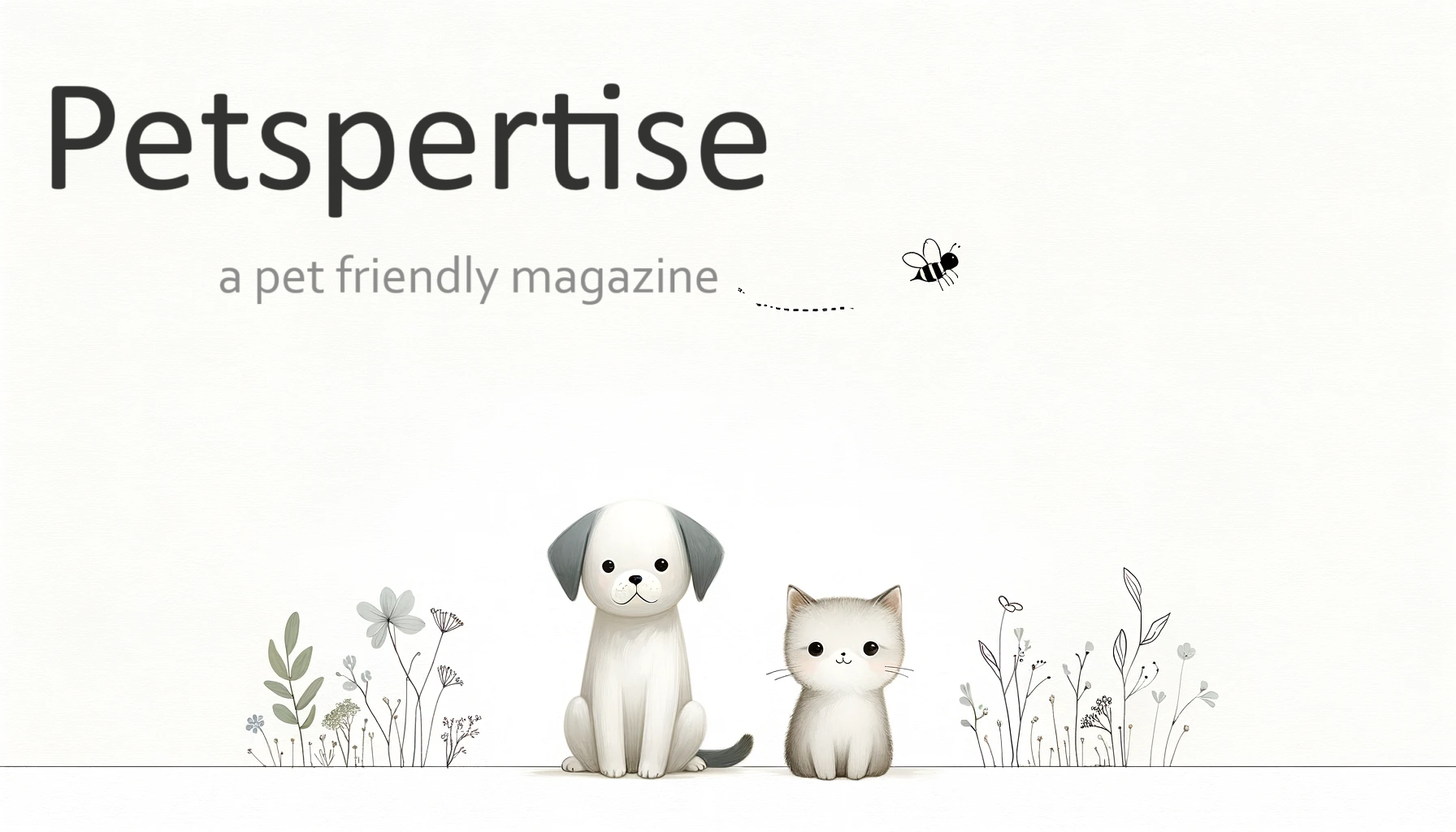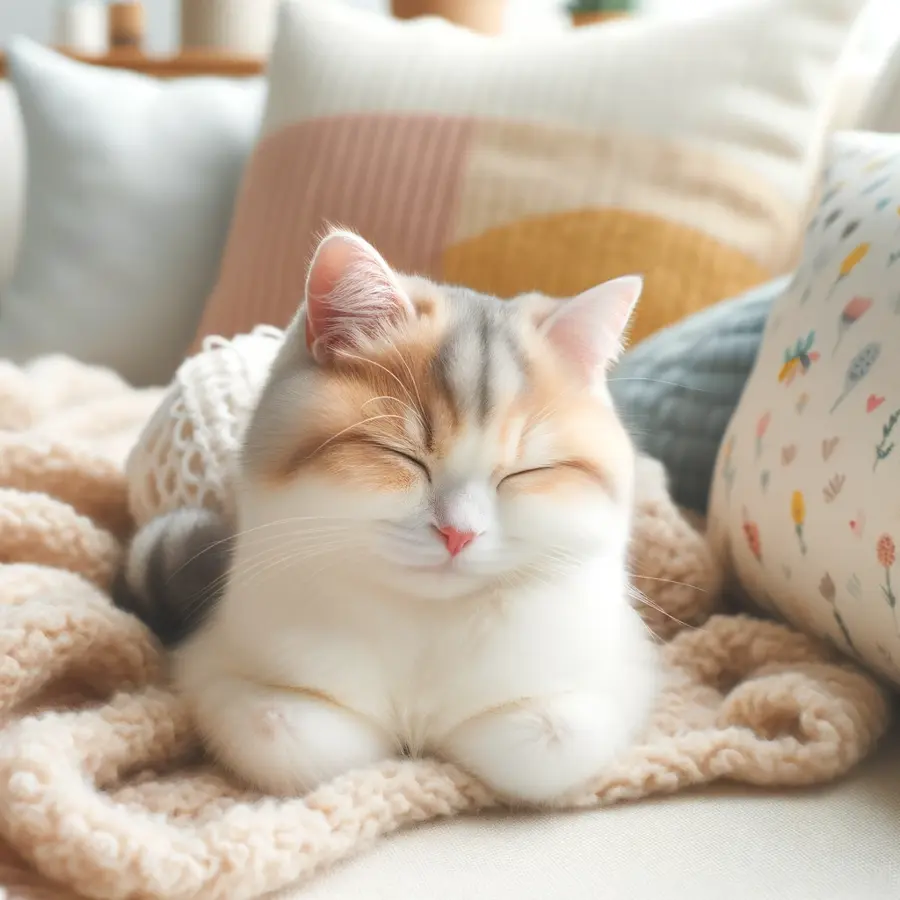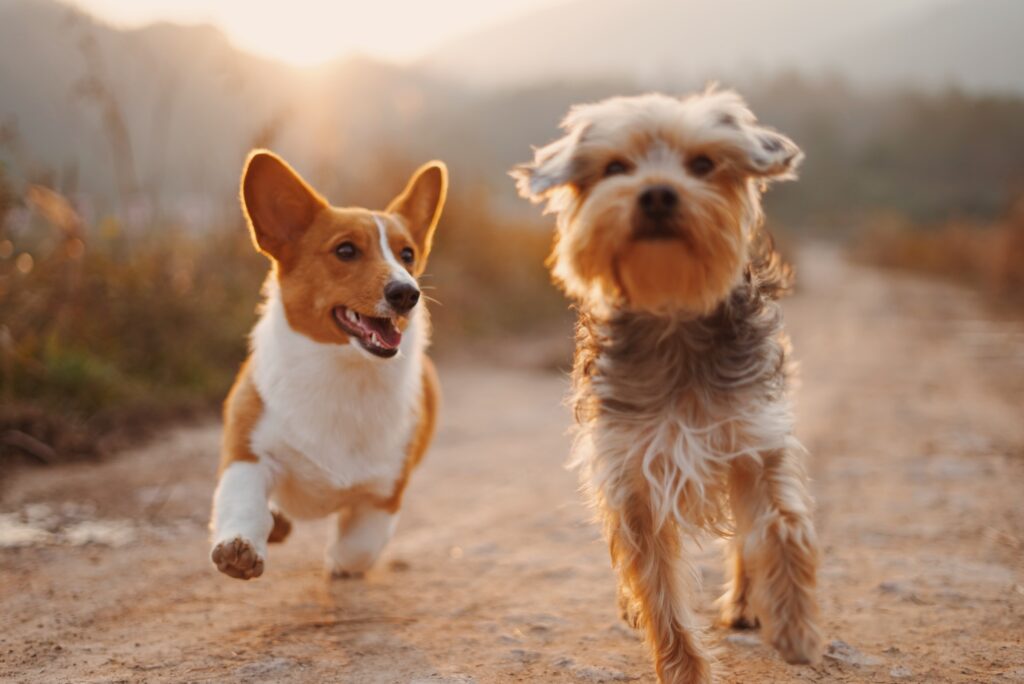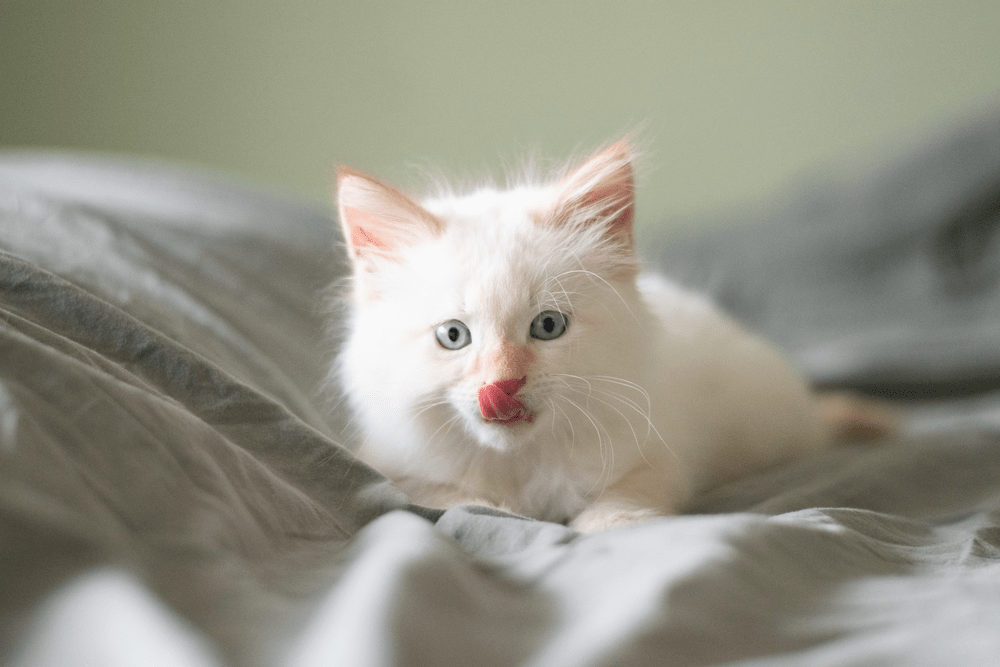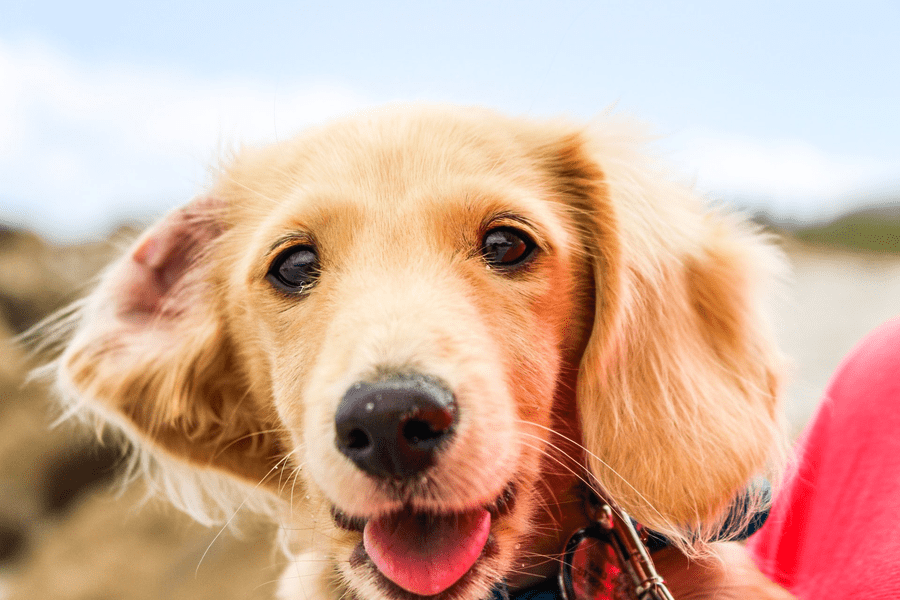Ways To Be An Eco-Friendly Pet Owner
More and more animal lovers are seeking out ways to be an eco-friendly pet owner. In today’s day and age, we as consumers are constantly looking for ways to decrease our carbon footprint. We opt for reusable coffee cups, paper straws, and eco-friendly clothing. This generation is more focused on sustainability than any before.
Pet ownership has also increased in the past few years. According to the APPA 70% of U.S households currently have a pet. While we are careful about our own consumption, that of our pets is often overlooked. In our quest to become more eco-friendly, we need to consider not only ourselves, but our furry friends as well.
What does it mean to be eco-friendly?
In simple terms, being eco-friendly means you are being earth friendly. It means that you are opting to use products and are consuming goods that are designed to have little to no effect on the environment. The main goal of being eco-friendly is to decrease your carbon footprint as an individual, a household, and even as a pet owner.
Here are some fresh ways that we as pet owners can do just that
Eco Friendly Pet Toys & Products
I for one love to spoil my cat. She’s my baby, and what baby wants – baby gets. The thing is, she’s a cat and realistically she doesn’t want for much. As long as she has a full belly, a few good cuddles, and somewhere comfy to sleep, she’s happy. When it comes to toys especially: Less is more! Not only is it more environmentally friendly, but giving your pet fewer toy options that you switch out on rotation can actually prevent toy fatigue. However when it is time to buy your pet a new toy, bed, or food dish consider these alternatives:
Get Creative: If you are crafty, consider making your own pet toys. An old tshirt tied up in knots can become a pull toy for your dog. You can knit or sew small toys for your cat (even stuff them with catnip for a little treat). I’ve even decorated an old box for my cat to have a little playhouse!
Buy Sustainable: If you do want to buy toys or bedding for your pet, make sure they are made from eco friendly, and sustainable materials. Look for products made from hemp, bamboo, natural rubber, and recycled materials.
Ditch the Plastic: When it comes to food bowls as well as food storage for your pet; ditch the plastic. Bisphenol-A (BPA) is a chemical additive found in plastics that may lead to health concerns. Instead of plastic opt for stainless steel or glass. Both glass and stainless steel are easy to clean, and do not harbor bacteria.
Pet Waste Disposal
While it may not be something we talk about often, as pet owners we deal with a lot of pet poop. Whether you have a cat or a dog, you are most likely cleaning up pet waste once a day (glamourous, I know). But what is the best way to dispose of your pet waste? While there is no option that is 100% eco friendly, there are ways to dispose of your pet’s waste that are better for the environment.
Dogs
When it comes to dog waste – ALWAYS scoop the poop. According to the EPA “Animal waste contains two main types of pollutants that harm local waters: nutrients and
pathogens…The pathogens, disease causing bacteria and viruses, can also make local waters unswimmable, unfishable, and have caused severe illness in humans.” Pet waste does not simply decompose, becoming one with the earth again. Therefore, it is so important to dispose of it properly. When it comes to cleaning up your dog’s waste you have a few different options:
Bag it and toss it. Probably the most common method of pet waste disposal. If you are going to be bagging your dog’s poop, make sure you are opting for fully compostable bags, and getting the air out before tying them up for disposal.
Compost it: You can buy dog waste compost bins or find guides on how to properly compost pet waste at home. If you do go this route, make sure you are up for the task. Composting dog waste can be a lot of work, as it takes a very specific type of environment to rid dog waste of all the harmful bacteria.
Flush it: Scooping and dumping into the toilet is the most eco-friendly option of disposing of dog waste. By the time the waste gets through sewage treatment, the bacteria should be treated, and no longer an issue for the environment. However, it is not recommended if you are on a septic tank.
Cats
When it comes to disposing of cat waste the biggest concern is what type of litter are you using? Your best option is to use a cat litter that is biodegradable and made out of natural materials while avoiding products with silica dust, bentonite clay, fragrances and dyes. Luckily there are actually a lot of options when it comes to eco friendly cat litters on the market:
Wheat based litter
Walnut based litter
Corn based litter
Wood based litter
Grass seed litter
Recycled paper litter
When it comes to the actual disposal of cat waste and litter, you want to use a compostable, or brown paper bag thrown in the garbage. Unlike dog waste you do NOT want to flush cat litter down the toilet. Cat litter can cause havoc on your plumbing, especially if you are on a septic tank.
Adopt – Don’t Shop
There are millions of animals that enter shelters annually, many of which are unfortunately euthanized. There are so many benefits of pet adoption over pet purchasing. For one, you are saving a life. How wonderful it is to be able to give an abandoned animal a new home, and outlook on life.
Adopting your new furry family member over buying from a breeder is also the only eco-friendly choice when bringing a new pet into your life. You get to bring home an amazing new family member while fighting pet overpopulation and having a positive impact on the environment. If more people were to adopt from local shelters, the need for puppy mills and breeders would greatly decrease, which would further impact on animal overpopulation.
Check out Our Why Shop When You Can adopt article Here.
Non-Toxic Pest Protection
Protecting our pets from fleas and ticks is important to most pet owners, especially ones that spend a lot of their time outdoors. Unfortunately, most traditional pest prevention methods like flea collars, topical treatments for pets are listed as pesticides and are regulated. So, what are we, as eco-friendly pet owners to do?
Regular Grooming: One way to keep pests at bay is to frequently bathe your pet. Look for shampoos that are organic, offer natural ingredients, and are biodegradable. Comb fur with a comb to get rid of any pests that may be left over after bath time. If you spend a lot of time out of doors with your furry friend, be sure to inspect them for fleas – especially if you are walking through tall grass.
Clean pet favored areas: Keep pet favorite areas vacuumed and cleaned to prevent pests. Similarly, make sure you are washing any pet beds and blankets with hot, soapy water on a regular basis.
Talk to your vet: If you do need to use a chemical-based pest prevention method, speak to your vet and voice your concerns. Find the option that works best for you and your pet companion. Oral medication may be a safe, more eco-friendly option but is not always easy to administer. Also, check for less harmful chemical ingredients like S-Methoprene or Pyriproxyfen.
Sustainable Pet Foods
One of the biggest impacts on the environment that our pets contribute to is from their diet.
A study by Professor Gregory Orkin suggests that “cats and dogs account for 25 to 30 per cent of the environmental impact of meat consumption in the United States, and are responsible for creating approximately 64 million tons of carbon dioxide each year.” That is a huge environmental impact that our pets are causing. Dogs are omnivores, and cats are primarily carnivores, which means their diets will always require some percentage of meat. So how are we to go about decreasing our pet’s carbon footprint?
One option is to start making your own pet food. If you decide to take this path, you will want to talk to your vet to make sure your pet is getting all of the nutrients they need. In this case you can ensure your pet is getting a good variety of foods, and you can use meats with a low carbon impact. However, this method may be too time consuming for you. Also, if your pet has any gastrointestinal problems, there may be a lot of trial and error before you are able to find the right balance.
Your other option is to research, research, research and go with a sustainable pet food brand. Thankfully, there are more and more pet food companies hopping on the sustainability train these days. Look for companies that are using ethically and sustainably sourced meat products. Some meat ingredients to look for are ones that have a lower carbon footprint like free range turkey, wild caught boar, or sustainably sourced fish. There are also companies that are using alternative protein sources such as cricket protein!
